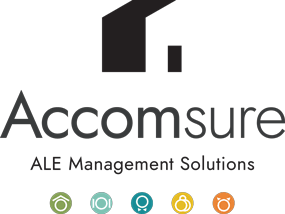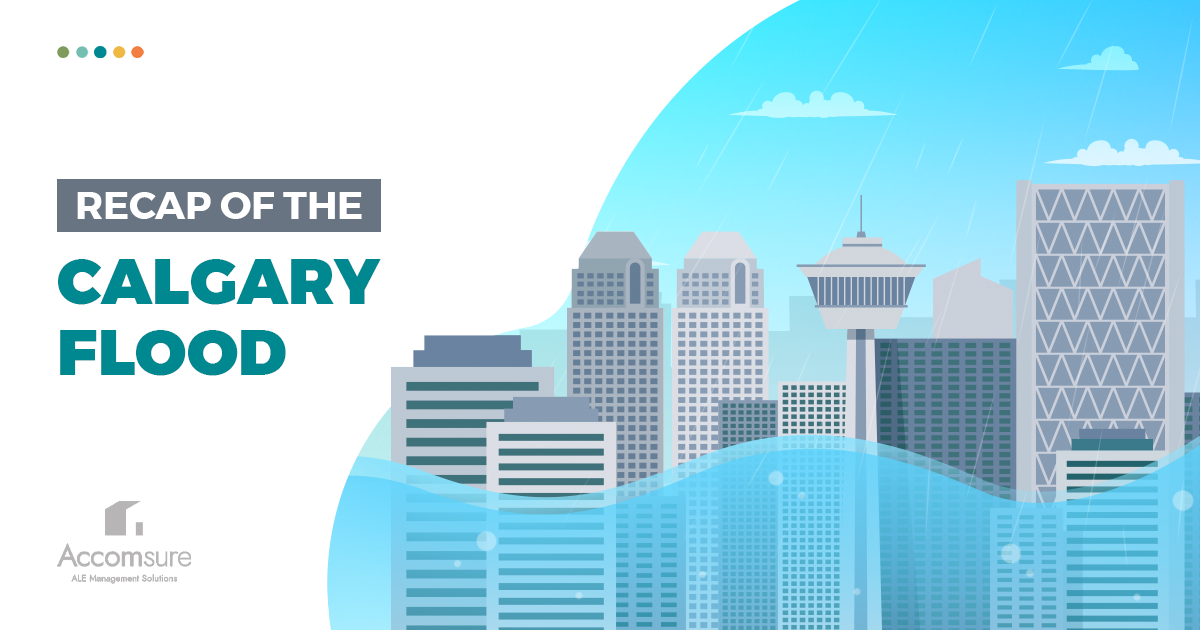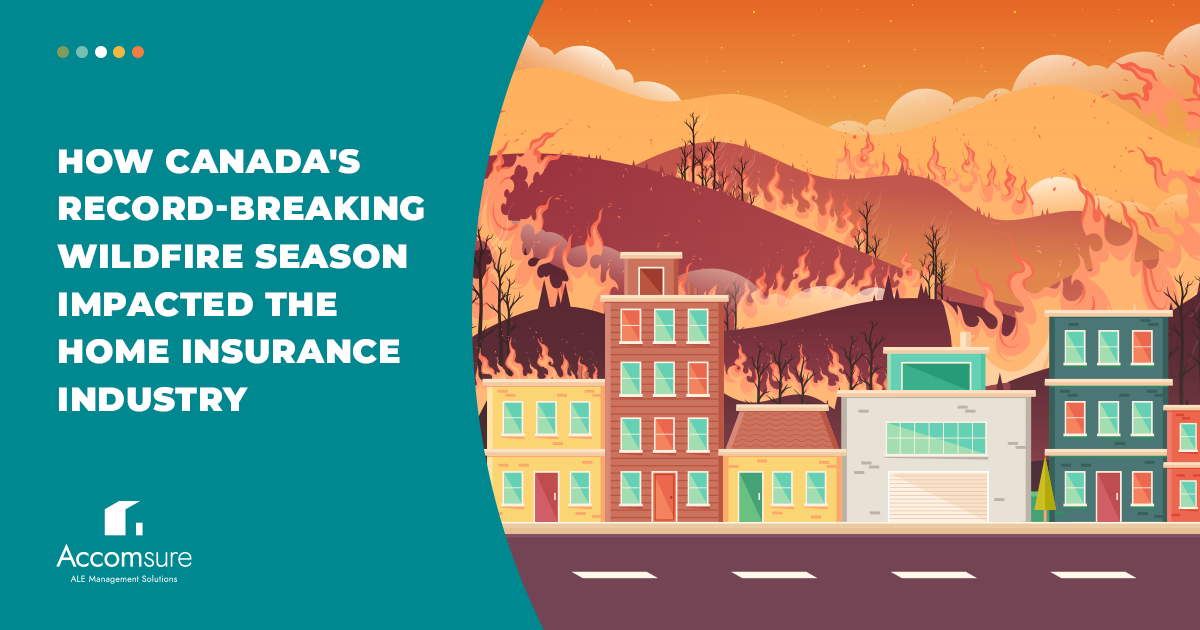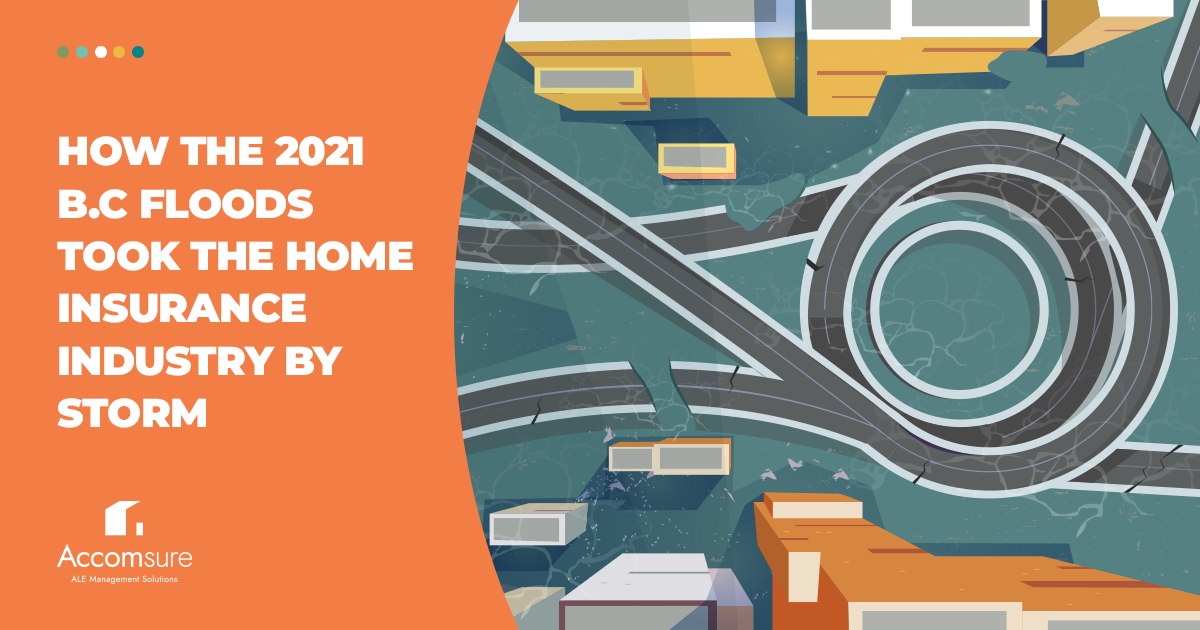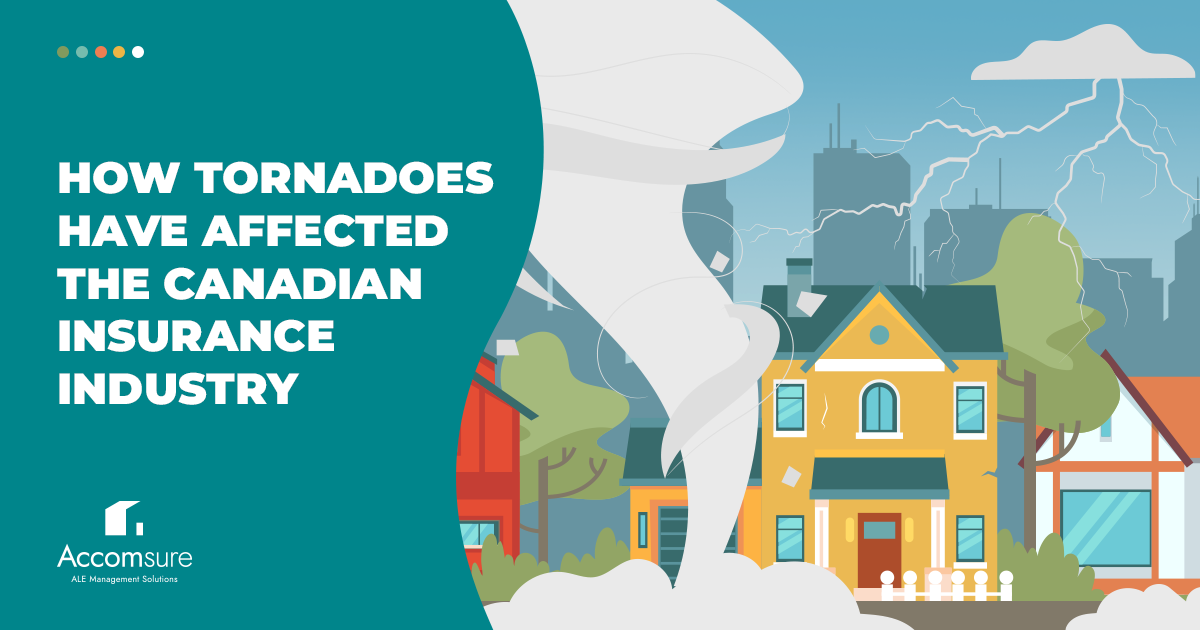The 2013 Calgary flood was a devastating natural disaster that brought a whole city to its knees.
In this blog post, we’ll look at what happened, how the flood affected homeowners and home insurance companies, and the aftermath of the disaster.
The 2013 Calgary Flood
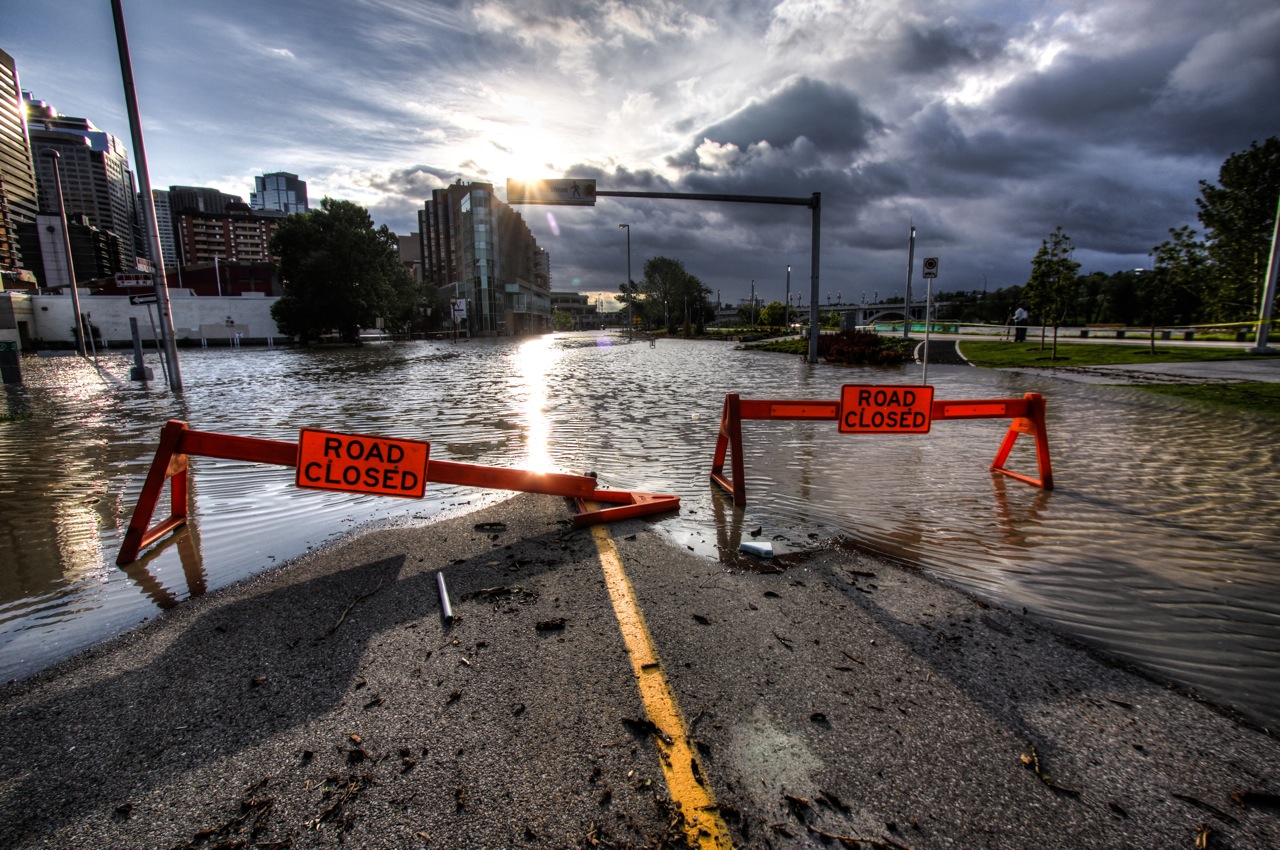
In June 2013, Calgary experienced the largest flood since 1932. It was a perfect storm of heavy rain on an already melting snowpack in the Rocky Mountains that sent massive amounts of water rushing down the mountain slopes towards southern Alberta communities. As the water levels began to rise in Calgary, a state of local emergency was declared and evacuation orders for Calgary communities started being issued on June 20.
Despite efforts by the city to stem the swelling flood water in Calgary, both the Bow and Elbow rivers topped over their banks and caused extensive damage to homes, businesses, roads, and parks. The downtown core was inaccessible for days, 32 Calgary communities needed an emergency response, and nothing within the city was business as usual. On June 22 when the water started receding again, evacuated residents could start returning to their homes and people could start returning to work. However, given the extensive flood damage to the city, in many ways, the work had just begun.
The Calgary Flood By The Numbers
- Approximately 80,000 Calgary residents evacuated (City of Calgary)
- 35,000 homes and businesses evacuated (Global News)
- 5 deaths due to the flood (City of Calgary)
- 2,300 Canadian Forces troops deployed to Calgary and southern Alberta (Global News)
- $1.8 billion issued in insured damage (IBC)
- An estimated $6 billion in financial loss and property damage across Calgary and southern Alberta (City of Calgary)
- $45 million raised by Red Cross (Global News)
- $2.5 billion spent by the Government of Alberta on recovery programs (Global News)
- $787 million spent by the City of Calgary on emergency services, recovery, and repair (Global News)
Insurance Industry Impact

The Calgary and Alberta flood marked the most expensive insured disaster in Candian insurance history at that point with $1.8 billion in insured damage (IBC). While the enormous cost to insurance companies was a blow in itself, the wake-up call for the industry was the trend that the flood represented. According to the Insurance Bureau of Canada (IBC), payouts from extreme weather events have consistently been doubling in Canada every 5-10 years since 1980, and there are no signs of this trend slowing down.
The Aftermath of the Flood
The 2013 Calgary and Southern Alberta flood was a wake-up call for policyholders, insurance companies and governments to the risks of flooding. The massive damage caused by the flood was often uninsured and left the industry scrambling to respond to the demand for comprehensive home flood insurance.
Overland Flood Insurance
Before the flood, overland flood insurance wasn’t readily available for homeowners. Overland insurance covers damage to a home when water enters a house through doors and windows and has been offered to businesses but not homes. For homeowners, common flood coverage includes sewer backup, leaking roofs, and flooding from appliances and toilets. The lack of insurance available forced governments and charitable organizations such as the Red Cross to step up and help struggling homeowners with the costs of repairing their homes after the flood. From 2013 onwards, home insurance companies started offering overland insurance in addition to existing flooding coverage. Still, about 10% of Canadian homes won’t be able to access overland flood insurance because they are located in an area where the risk of flooding is deemed too high to insure.
Rising Home Insurance Premiums
Even with overland flood insurance as a home insurance option, it’s financially out of reach for many Canadian homeowners. Also, any additional flood protection was tagged onto estimated premium increases of 15-20% following the flood.
Faced with the prospect of more severe flooding events like the Calgary flood, insurance companies started lobbying for changes to how Canadian governments address flood mitigation. Leaving free market powers to reign, the cost of flood insurance could quickly rise to a level where many Canadians would be forced to opt-out of insurance, the IBC argues.
Government Flood Mitigation
In 2019, Canadian municipalities and the insurance industry teamed up on a call for all levels of governments to ramp up their efforts to mitigate damage brought about by climate change, including flood mitigation. Flood mitigation is becoming high on the wishlist for Canadian cities, as they are often left taking the brunt of the clean-up bill after an extreme weather disaster. After the Calgary flood, the city spent $787 million on emergency services and repair. However, in Calgary’s case, the provincial government and the city jointly funded the flood mitigation to make Calgary more resilient to future floods.
In other communities across the country, governments continue to grabble with who’s responsible for investing in flood prevention.
Is the Future Flood-Proof?
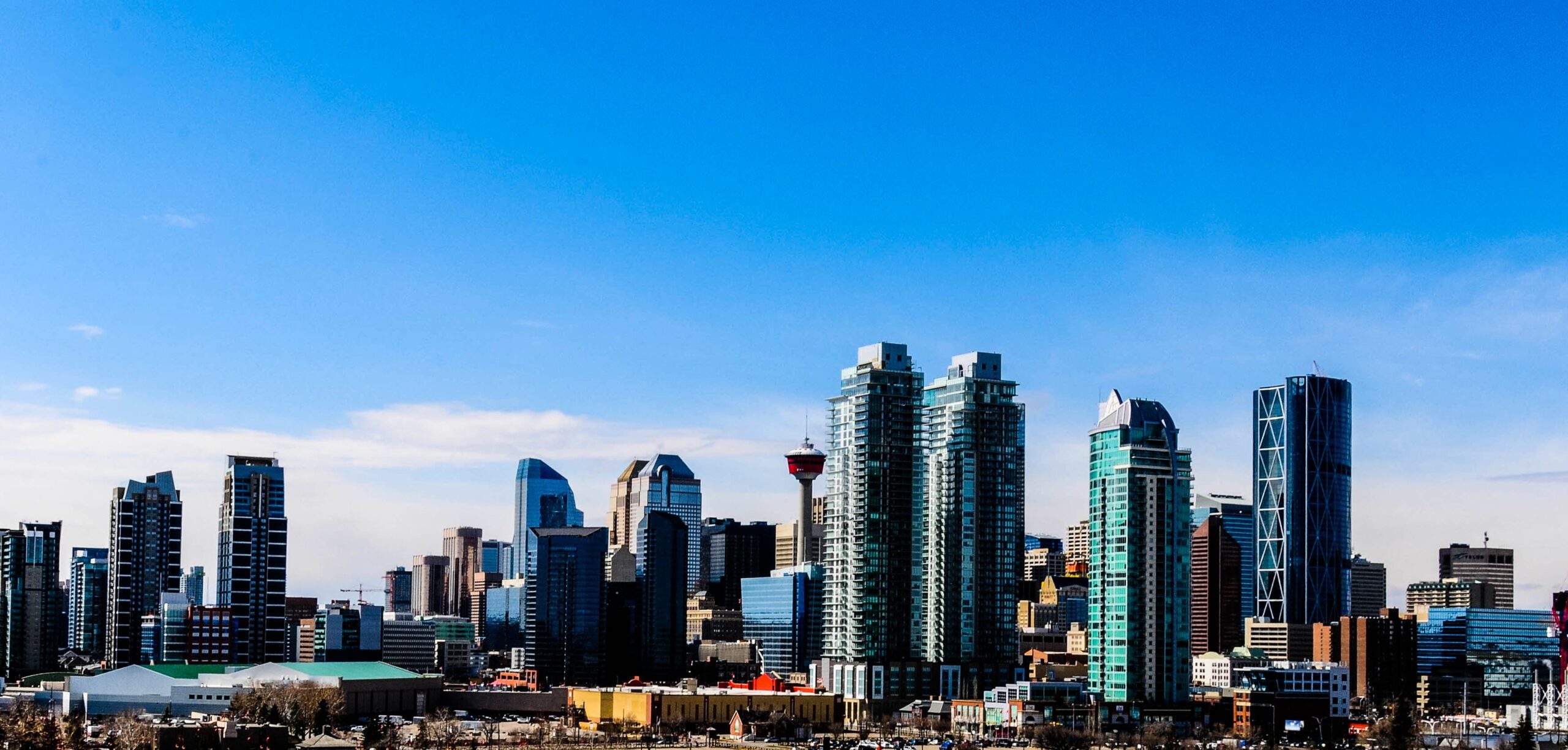
According to IBC, flooding remains the number 1 risk for Canadian homes.
The high risk and high potential for more catastrophic damage from floods are reflected in home insurance premiums. However, there are signs that changes are underway that could reduce both the risk posed by flooding and home insurance costs.
Changes to building codes to make homes more flood-resistant, increasing government flood mitigation, and incentives for homeowners to protect their homes against flooding in exchange for a reduced home insurance premium. Those are all examples of how governments, the insurance industry, and homeowners are trying to navigate a new reality.
The insurance industry has even proposed a model where the government would subsidize some of the flood insurance for homes most at risk – those homes who can’t currently buy overland flood insurance.
For Canadians, the risk of flooding is becoming too big to ignore. While steps have been taken to prevent another massive flood event from happening again, other communities around the countries remain vulnerable.
With more floods on the horizon for Canadian homeowners, ALE management is one way that insurance companies can curb claim costs and ease the workload for adjusters. Regardless of what disaster has caused a policyholder to look for a temporary home, Accomsure can help. By professionally managing all ALE aspects of a claim, Accomsure can help the adjuster progress the claim quicker, smoother, and at a lower cost for all parties.
